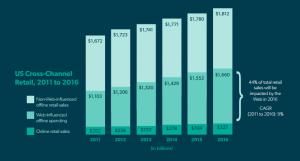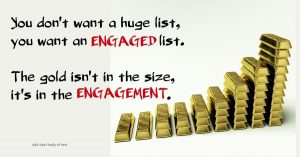 As I look at more and more websites it makes thinks about what makes a good/great website. And really it just comes down to “just common sense”. Great website must have usability, in that it must work for customers, serve your purposes and be easy to use. If clients find your site difficult to use, they’ll avoid it, and yet there’s no single right approach to designing a website.
As I look at more and more websites it makes thinks about what makes a good/great website. And really it just comes down to “just common sense”. Great website must have usability, in that it must work for customers, serve your purposes and be easy to use. If clients find your site difficult to use, they’ll avoid it, and yet there’s no single right approach to designing a website.
To begin, simplify your site. “Don’t make me think!” is the “first law of usability.” People should never be confused about what to do, where to go or what to click to find what they want. Make everything on your site “obvious and clickable.” If your users have to ask about how things work, they’ll get distracted. Even if their “mental chatter” only lasts “a fraction of a second,” it’s too long. Users should never, ever have to ask, “Where am I?” or “Where should I begin?
What you can’t “make…self-evident,” make “self-explanatory.” Design your website to answer people’s questions with a few words. Usability is a form of courtesy, so be polite to your users. When people enter your site, they begin with a half-full “reservoir of goodwill.” An organized home page fills that reservoir to the top. If you leave outdated material on your site, the reservoir evaporates.
Exclude key information or push promotions too hard, and the reservoir will go dry. You diminish goodwill by making information difficult to find, punishing users for mistakes, using corporate jargon, or making your site flashy or amateurish. Increase goodwill with a clear and accessible site that eliminates steps, shares key data, anticipates questions, apologizes for mistakes and makes pages printer-friendly.
Your Website at a Glance
People don’t use the Internet the way you think they do. Your website designer probably thinks users “pour over every page,” and read every word of text. The designer may imagine readers figuring out the organizational scheme and “weighing their options” before clicking. In reality, people “glance at each new page,” “scan some of the text,” and click on the first thing that attracts their attention or sounds vaguely like what they’re seeking – that’s if you’re lucky.
Designers and marketing people might try to convince you that your website should be “great literature.” In practice, people experience your site more like a “billboard” that they zoom past on the freeway. People don’t read online. They scan quickly, spot a few signposts to orient themselves and move on. They don’t want to take time to make the best choice possible. Instead, they take “the first reasonable option,” a practice known as “satisficing.” Scholars who study decision-making report that this is a common practice in the real world, even when people have a lot at stake. Online, where there’s no penalty for making a wrong choice, this approach prevails. Users will not spend enough time on your website to “figure out how things work.” They “muddle through,” making good-enough decisions to get what they want. Once something works well enough, people tend to stick to it. This is the reality you must work with; you can get frustrated and complain or get really good at designing billboards that meet people online where they really live!
(176)






